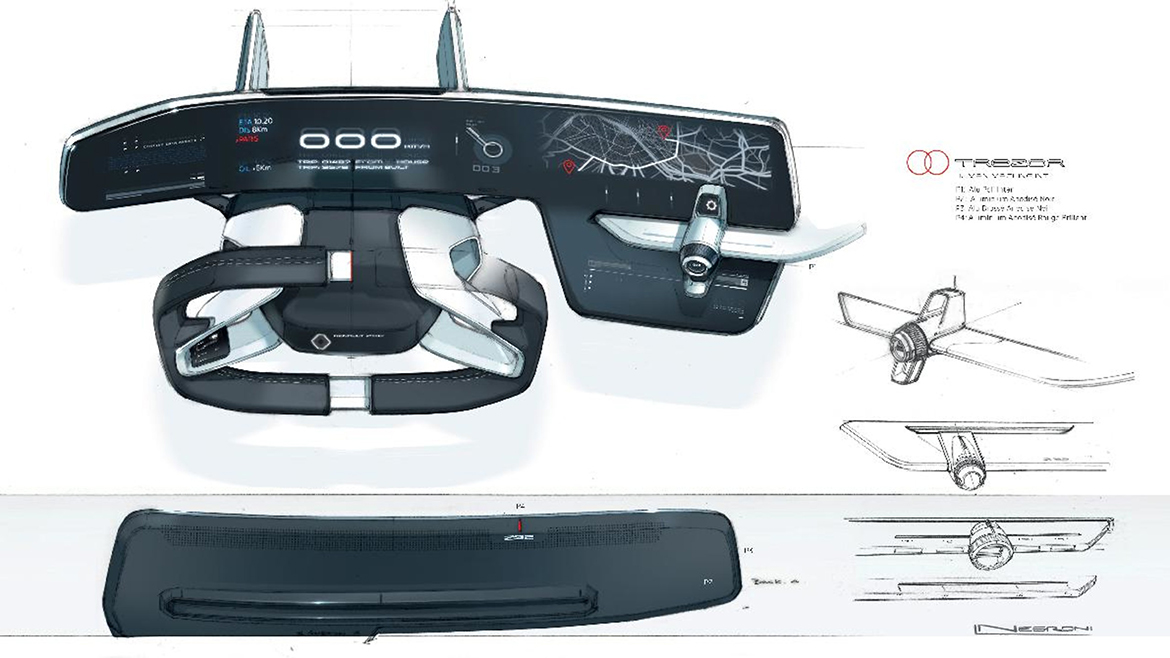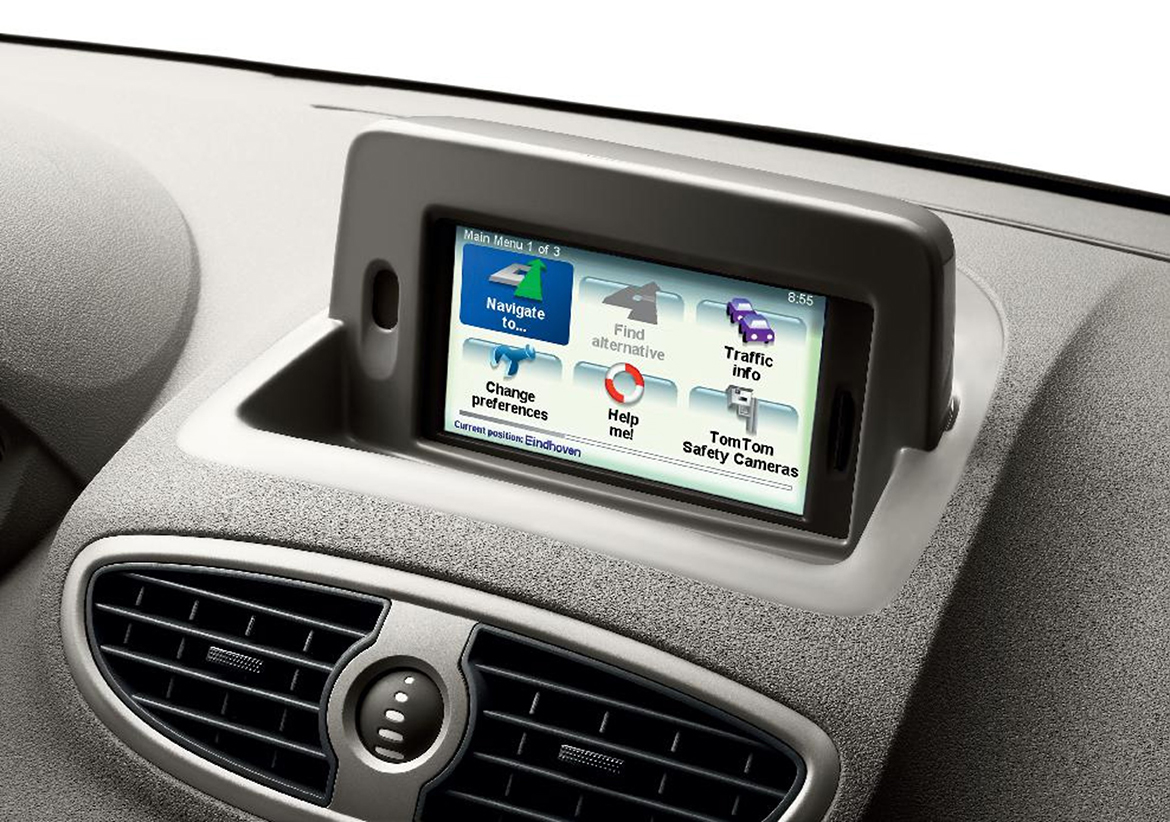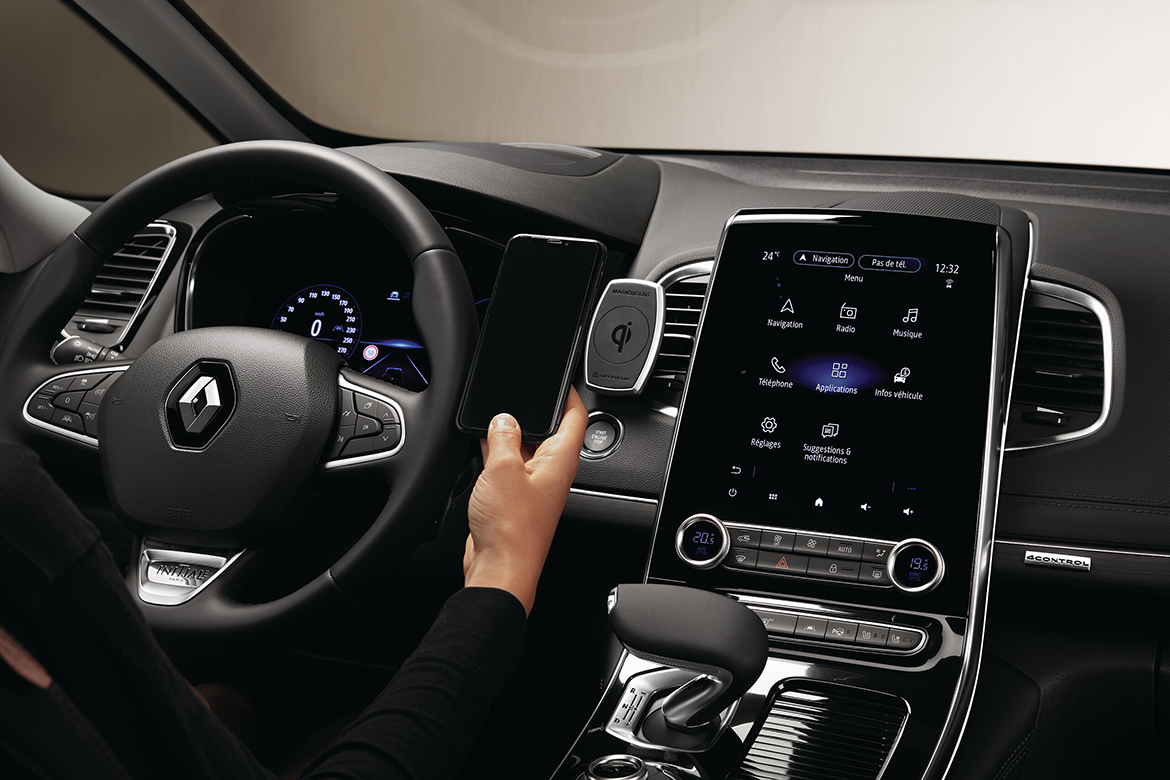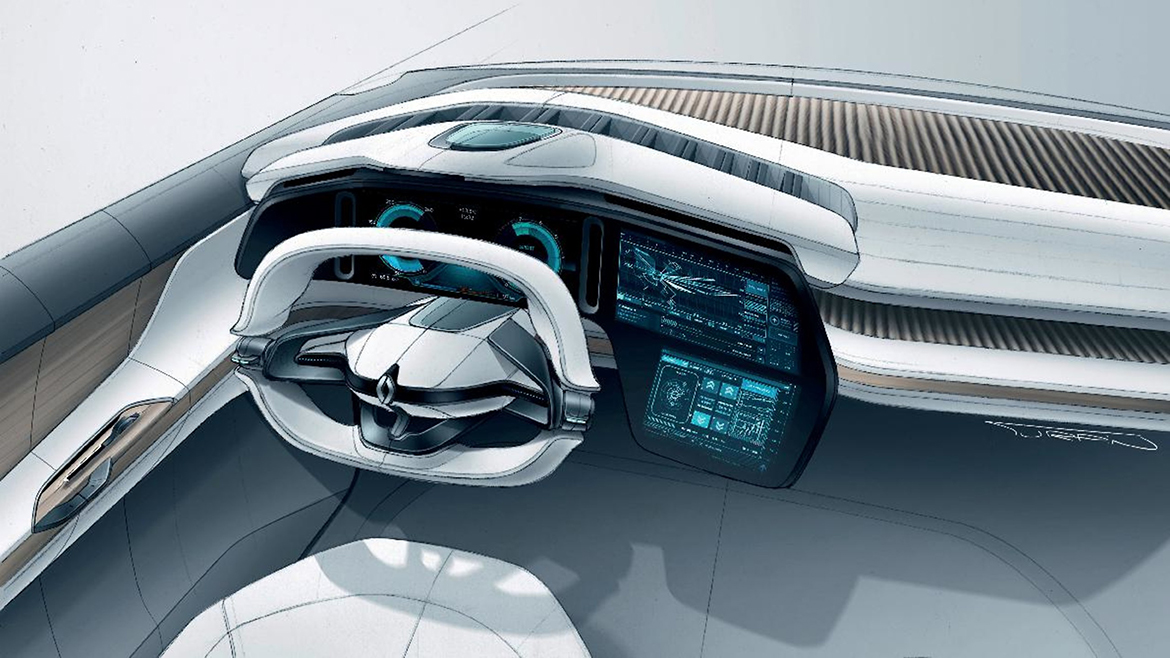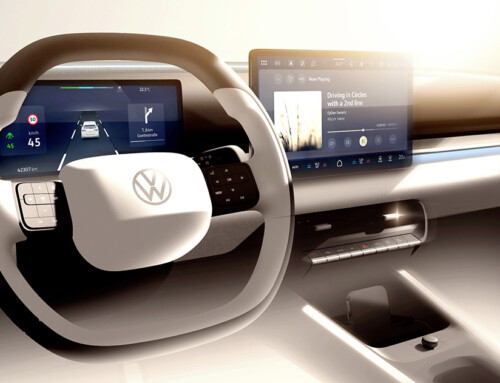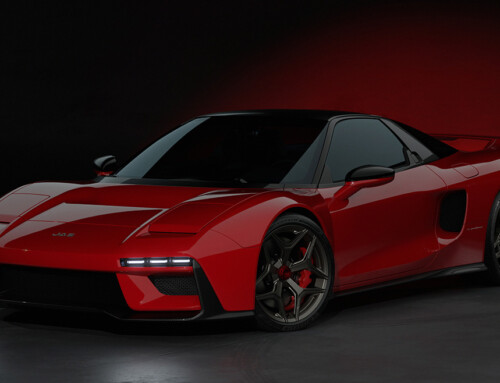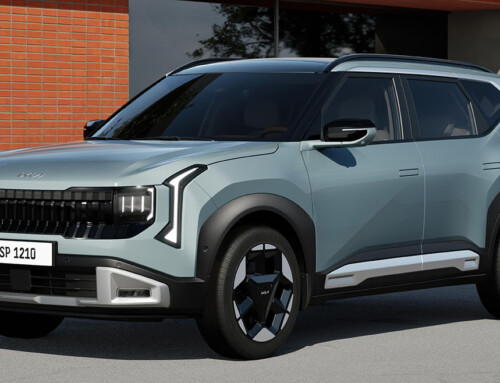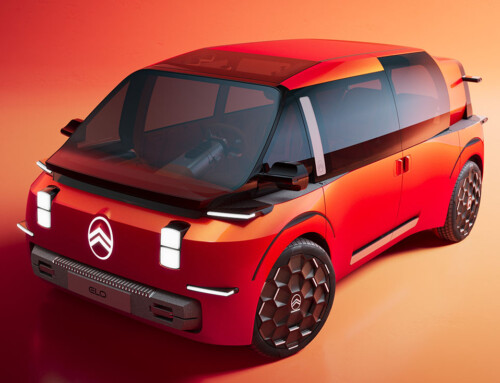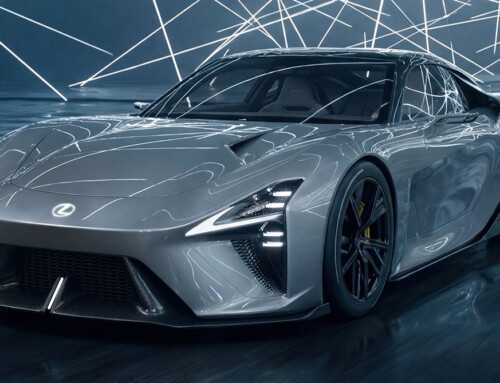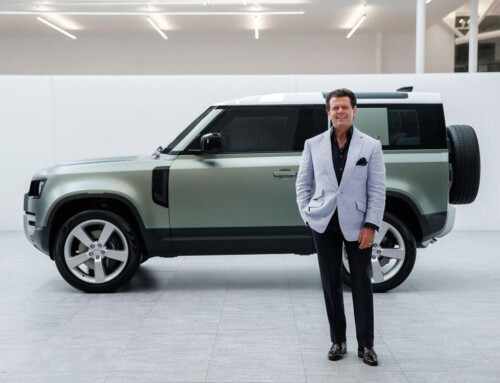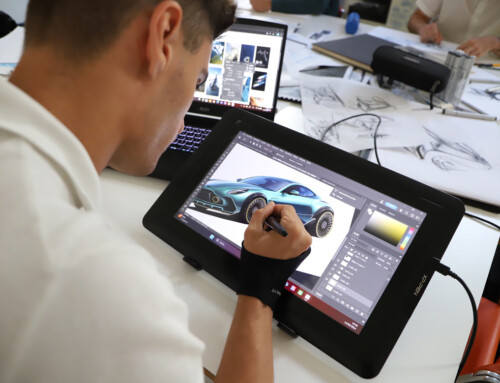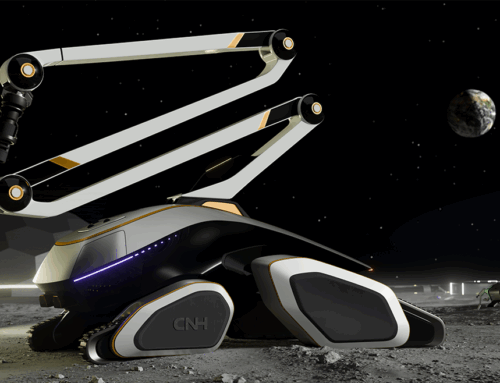GPS and multimedia displays, integrated in the dashboard of most modern vehicles, began to replace car radios in the early 2000s. Back then, they were operated ‘manually’, using a thumbwheel or joystick. Then, for better ergonomics and thanks to technological advances, the displays became touch. “Renault started developing touchscreens around 2007, during the Clio IV design period. In the beginning, it was difficult to convince management to switch to touchscreens! That’s why, for a long time, the redundancy of controls with the indispensable wheel,’ says Stéphane Maiore, Chief Interior Designer.
It was in 2013 that the Clio IV and ZOE arrived on the market, the first two Renault models equipped with a central touchscreen display. Back then, the 7-inch display allowed the driver to operate the R-Link multimedia system and access the car’s radio, navigation and settings centrally, all at his or her fingertips. Prior to the complete transition to touchscreens that same year, the joystick, which until then served to operate the non-touch central displays, was upgraded with a multi-directional axis to facilitate navigation in the R-Link multimedia interface.
In terms of form, 2014 is the breakthrough year, at the antipodes of the automotive standards of the time: the fifth generation Renault Espace gets a vertical – instead of horizontal – 8.7-inch touchscreen, again with the aim of offering users a smartphone-like experience. With connectivity, the display gives access to weather forecasts, real-time traffic information and local search functions. “In 2010, we taped an IPad to the dashboard to see what the vertical format looked like. We were the first to offer displays of this format in such an orientation,” says Maiore.
Meanwhile, the designers were already thinking about the next move, aware of the speed at which digital technologies were developing. The two inevitable trends at that time were the addition of a second display on the dashboard, facing the driver, and the need for better and safer ergonomics. This is how a display with a new shape was born, to integrate the driver display and the multimedia screen: it is the inverted L-shaped ‘dual screen all-in-one’ (L-Shape) tested in concept cars such as TreZor (2016), Symbioz (2017) and Morphoz (2019).

